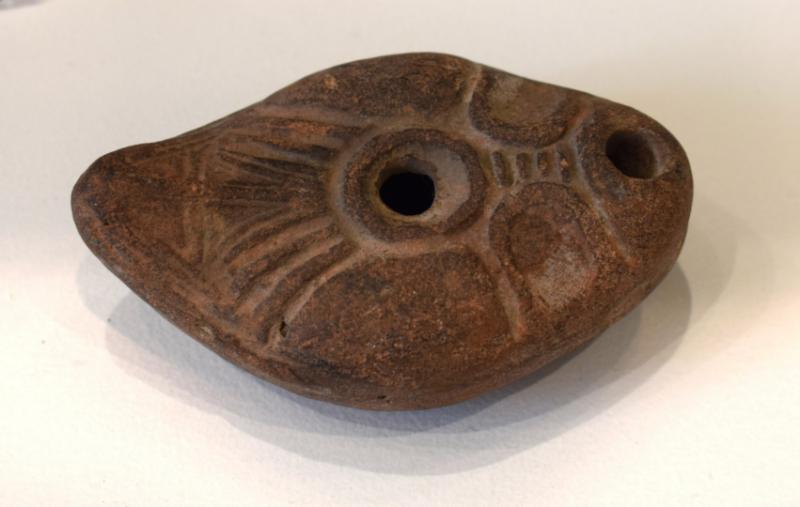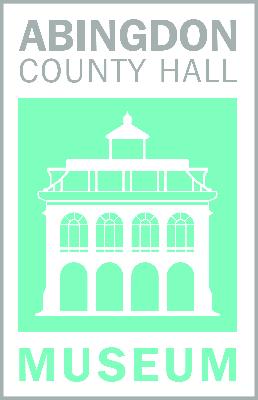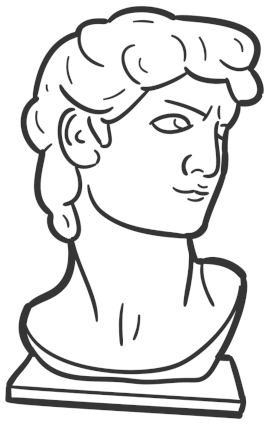Roman Oil Lamp

What is it?
This roman oil lamp, also known as a lucerna, was found at the Frilford villa site, excavated in the 1930s. The lamp on display is a later model, indicated by the closed body and wide discus. The wide discus allowed for intricate patterns and scenes to be carved into it more easily. Lamps like these were used not only as lighting but as decoration, likely due to their complex patterns. People such as business owners would light their businesses and the nearby streets with them and they would also be used to guide your way when walking or to bring light to military encampments. This was achieved by securing a wick made of woven plant fiber in the holes and filling the lamp with oil. The wick would absorb the oil and would then be lit and burned to give out light. The oil lamp would also be incredibly important for religious ceremonies such as rituals or giving offerings, used to light up the temples or shrines where the ceremony was being held.




Where is it?

You can find it at Abingdon County Hall Museum
Sessions gallery first floor
When can I see it?
You can see this right now!
Can I collect it?
Yes! You can collect this item until 28/09/2025
Household Objects Romans
Collect this Item to help you unlock these Badges







